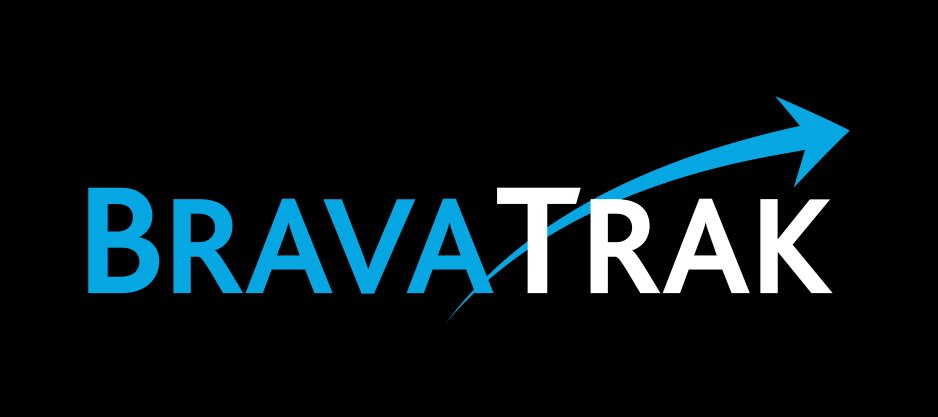The Common Mistake Managers Make When Using The GROW Model In Performance Conversations
Transcript
Hi there. This is Blair from BravaTrak.
I've been thinking further about the problems with the GROW conversation. You'll know by now that I consider it an absolute waste of time, money, and opportunity if you're training your team leaders in this coaching model.
The GROW Conversation Has A Time And Place; Not Every Time And Everyplace
One reason is that it is often the only coaching model taught to leaders. And if that's the case, you'll invoke the Law of the Hammer; best explained by Abraham Maslow of Maslow's Hierarchy of Needs fame. He said, "I suppose it's tempting, if the only tool you have is a hammer, to treat everything else as if it were a nail".
And indeed, that's exactly what some managers do with the GROW conversation. The issue is that coaching appears to many people as being one thing. But it's not. The term is really used to describe a wide range of activity.
From a performance coaching perspective, there are three different reasons for holding your coaching conversation; to reinforce behaviour, to correct behaviour, and to guide behaviour.
GROW fits into that last category. Yet, if GROW is the only coaching approach you know, you'll attempt to use it for the two other purposes, particularly correcting behaviour. I'll show you how that typically plays out in a moment. But just to remind you of something I've said earlier, GROW is a process consisting of four parts and 12 separate steps. No one is going to remember all of that. But we can remember the four parts; Goal, Reality, Options and Way forward.
Performance Conversations: Not The Place For The GROW Model
So, many times, the correcting behaviour process using GROW goes something like this; "My goal for you is that you improve your performance by X% over the next month. The reality is, if you don't achieve this, you'll be on performance management. So you don't have much of the way of options here. Moving forward, you need to pull up your socks, ASAP."
"Job done," you think. "I've coached using the GROW model." But then you can't figure out why people aren't motivated to change, why you don't get the outcome you want - or if you do for a short time, that improvement isn't sustained.
The answer is simple. Used by competent coaches, the GROW model can have a place in guiding behaviour, but it's the wrong conversation to have if your intention is to reinforce or correct behavior.
That's my take. What do you think?
